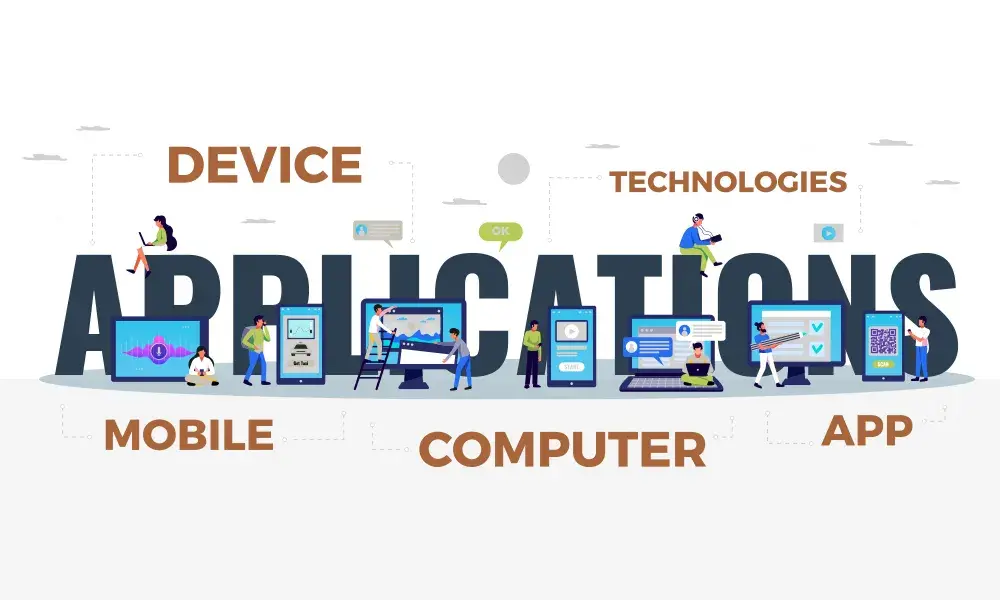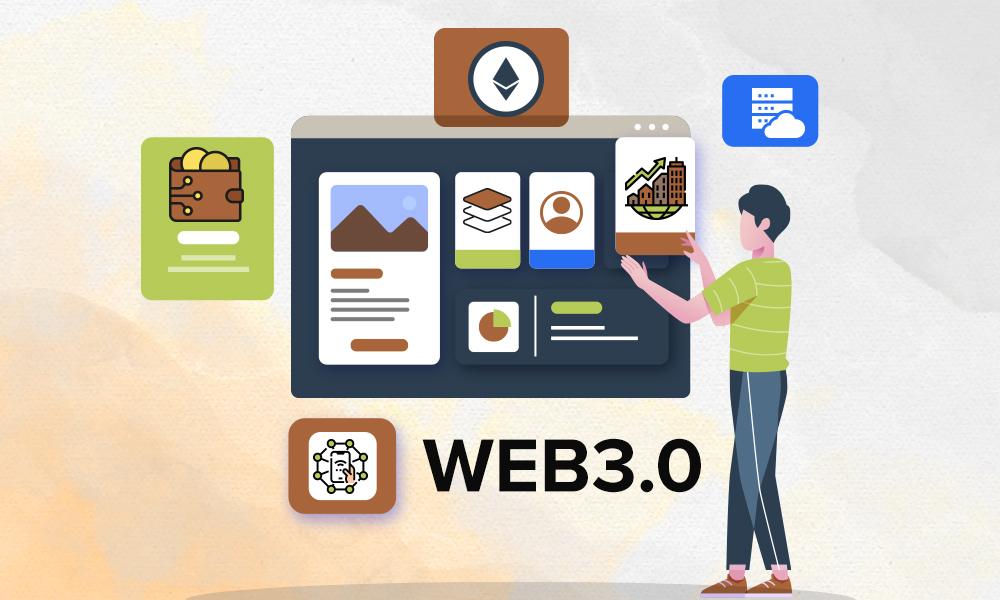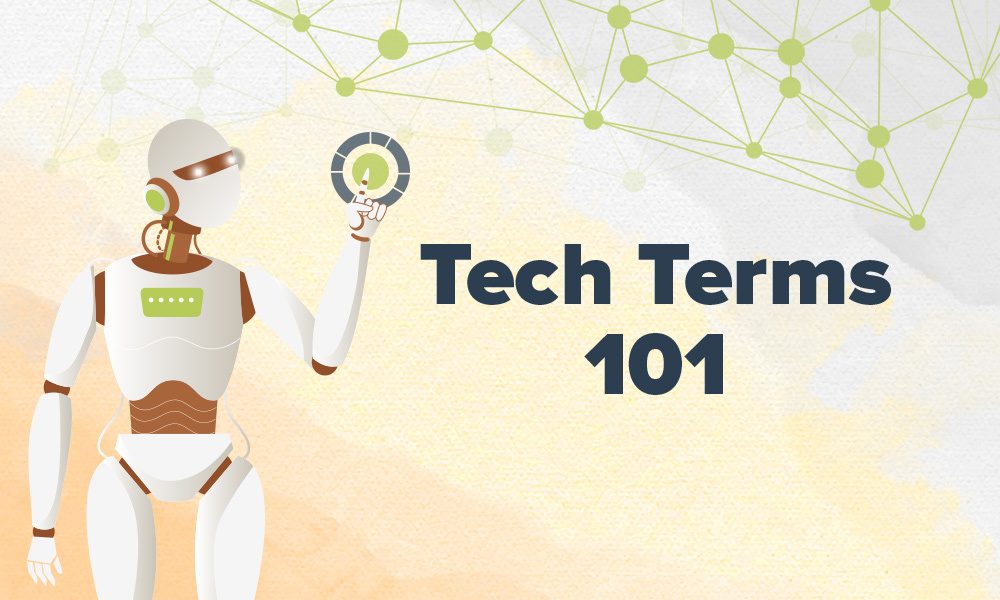Whether it’s a startup or an established business, the question of how much it would cost to develop an application is a tricky one. To draw an exact estimation is definitely not that simple, but rough estimations can be drawn on the basis of app functionality, efforts, and end goals. The details of how to calculate the cost of an application were shared in our previous blog, you may click here to read the blog. Now, in this blog we want to share with you how you can calculate the cost of native vs hybrid apps.
You can calculate the cost of development in a number of ways and it is likely that the cost of the app will vary every time. Each will come with its own advantages and limitations. Here are three common reasons why it is so hard to calculate the costs accurately.
· Applications are intangible – In comparison to hardware, software products are seen as screens. How many hours it will take an application to run properly or collect data in a particular manner depends on the coding done in the background.
· Immeasurable intellectual capital value – The creativity and thoughtfulness involved at the project’s start is hard to measure. Usually, a cross-disciplinary team is involved to ensure all the app details and processes are covered. Clients do not see the result of this work since it does not result in any tangible deliverables – just an app concept. Therefore, many people become confused by the final app price tag for a custom software development service.
· Differing preferences and uses – Some businesses prefer elegant, simple, and intuitive products, while others search for more power and speed in their apps.
The above points should help you understand why the app development cost may spike beyond what you calculated. If you are able to figure out these points, then you will be more able to influence the price range and set your project’s budget.
Native vs. hybrid app
The app development approach definitely influences the final cost to build an app.
An application that suits the guidelines of a specific operating system is called ‘native’. Thus, you can only build a native app for each system separately. Logically, the app development price increases in proportion to the number of platforms you want to target.
In contrast, a hybrid, or cross-platform, app works with multiple operating systems, which means that you can save money by building only one application for all required platforms.
However, due to the technical superiority and performance of native apps, the vast majority of app development companies recommend this approach.
Android vs. iOS app
You may also ask if there is any difference in app development cost based on the platform. The answer is no.
These days, the app development timeline for Android and iOS apps is almost the same. If you target both platforms, your applications can be built simultaneously, which allows the apps to be launched at the same time.
How to determine the actual price for development?
If you want a more accurate development estimate, why don’t we get in touch. We will evaluate your project idea in detail and help you reach an accurate estimate.
Misconceptions about the app development process
The two most common delusions with app development are:
1. You expect your app business to become another “Instagram”
The majority of digital startups expect good outcomes right away. Many of the requests developers receive sound like: “build an app like Instagram.”
You would surely agree that these app-based companies have evolved over the long term.
So, if you want another Facebook or Instagram – expect to pay!
Advice: Instead of duplicating someone’s success, it is important to concentrate on bringing something new to the market. These days, you need to build habit-forming app products.
2. You can succeed without proper market research
It is highly necessary to evaluate the market and complete the pre-planning stage for your app concept. Do your homework carefully: study the market and find its pain points that your app idea can solve.
3. Reasons behind expensive app development
Restaurants and food-trucks both serve food to people, but they are very different in how they do it, and this is reflected in their usual price difference! The same can be said about software. The cost to develop a platform like ‘Facebook ‘differs significantly from the cost of an app like ‘Google Pay’, which simply uses a third-party API.




